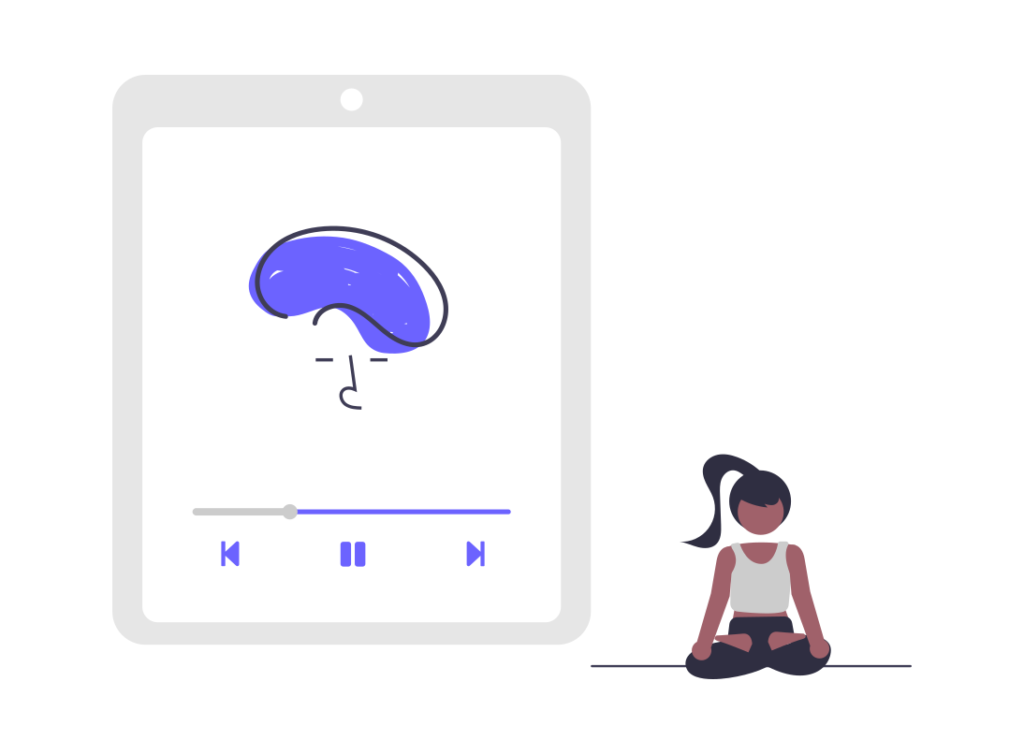Fibroids treatment options vary depending on the size, and the nature of the uterine fibroid. Some require surgical procedures and others you take medications such as GnRH agonists. Before, you think of treatment is important to understand you can go for treatment when they cause excessive bleeding, discomfort, and issues to the bladder.

Thanks to menopause, fibroids treatment is not necessary, as it shrinks. All you need is to visit a gynecologist who can help you on diagnosis, medication prescription and identifying risk factors. Read on to understand more about the disease.
Fibroid treatment overview
What are uterine fibroids?
Uterine fibroids are non-cancerous growth which appear during the childbearing ages on the uterus. They can develop following an increase of weight, genetic factors. Small fibroids do not need treatment but large ones can be removed using medications or surgery. They are known as the leiomyomas or myomas and are not directly linked to cancer development.
Symptoms and causes
Fibroid symptoms
A large percentage of women with fibroids do not show symptoms. However, those who show the symptoms, they include: –
- Constipation
- Heavy menstrual bleeding
- Menstrual periods for more than 7 days
- Difficulty during urination
- Backache or leg pains
- Recurrent urination
A fibroid can be intermural or submucosal. The intermural one grows at the muscular uterine wall. The submucosal grows in to the cavity of the uterus. Sometimes, a fibroid can cause acute pain, it starts to die.
Causes
Even though the causes are unknown by doctors, but the clinical experience links it to: –
- Genetic changes
- Extracellular matrix
- Hormones
- Insulin like growth factor
Diagnosis
Uterine fibroids can be found on the uterus during the routine pelvic examination. If there are irregularities during the check up the doctor can recommend these procedures.
Ultrasound
They help find the map and the size of the fibroids. The ultrasound scans will show the areas affected. It involves movement of the transducer in the vagina which is commonly referred to as the transvaginal area.
Lab test
The gynaecologists measure the blood count and find out if you have anemia. Chronic bleeding disorders and thyroid issues are among things that cause loss of blood. If they are not found to be among the causes, then chances are that fibroids are affecting you.
Imaging tests
Some of the tests include hysterosonography, hysterosalpingography, and hysteroscopy. The traditional imaging techniques may fail to reveal the fibroids so your doctor will recommend you go for: –
Magnetic resonance imaging- it helps identify different types of tumors. They are used by women with large uterus and others in the perimenopause phase.
Treatment
There is no best way to handling treatment of fibroids. Some may get tablets to shrink fibroids while others opt to go for surgery. If you have the above symptoms, consult your obstetrician and gynecologist.
Closely waiting on patients’ condition
Sometimes, watchful waiting is one of the best options if the signs and symptoms are not serious. If you have mild symptoms then you can wait for the pain to disappear and continue with daily activities. They can disappear after menopause. At this level the hormones levels drop.
Medication
Most of the medication for the uterine fibroids help regulate your menstrual cycle, and treating the hormonal imbalances helps you grow. They end up shrinking the fibroids. Some of the new treatment for fibroids without surgery procedures are: –
- Contraceptive pills and progestational agents
- GnRH agonists (Lupron)
- Intrauterine devices (IUD)
- Myomectomy
- Hysterectomy
- Tranexamic acid
Non invasive treatment
- Uterine artery embolization
- Laparoscopic radiofrequency ablation
- Robotic myomectomy
- Endometrial ablation
Traditional surgical procedures
There are two traditional surgical procedures to remove fibroids. They are nest treatment for large fibroids.
- Abdominal myomectomy
- Hysterectomy
Risk of fibroid development
Most of the fibroid treatment procedure remove the present fibroids. The recurrence rate is unpredictable for the those treated using all other invasive and non-invasive treatments. Sometimes, they reoccur when the doctor fails to spot the seedlings.
Treatments we are specialized on
Velvet Health can treat your fibroids depending on the size and nature. Every patient is unique and have different medical background and underlying factors. So, it is advisable to visit us today.
FAQs on fibroids treatment in Kenya
What is the best treatment for fibroids?
Myomectomy is the best treatment for uterine fibroids. It is the removal of fibroids while protecting the uterus.
How can I treat my fibroids at home?
Avoid added sugar, reduce high sodium processed foods, exercise regularly, and reduce the intake of alcohol. Take more potassium by eating plants on every meal.
Can fibroids be treated without surgery?
Yes, uterine artery embolization and MRI guided FUS can remove the fibroids without surgery.
Fibroids treatment is now possible thanks to Velvet Health gynaecological doctors. Book an appointment today and get help. We will provide the better maternal care for you.
